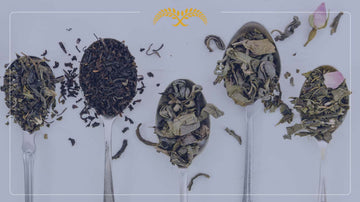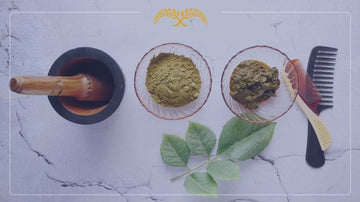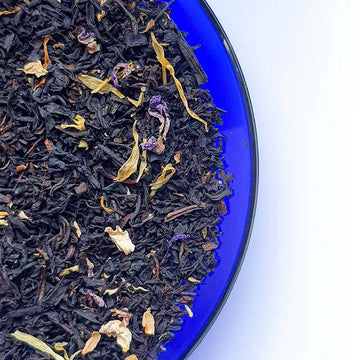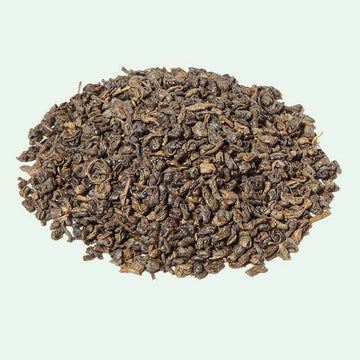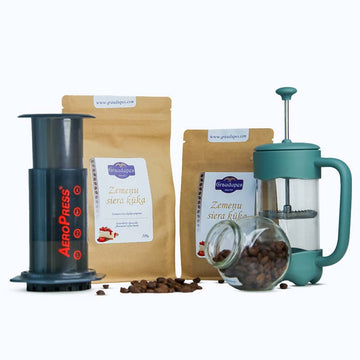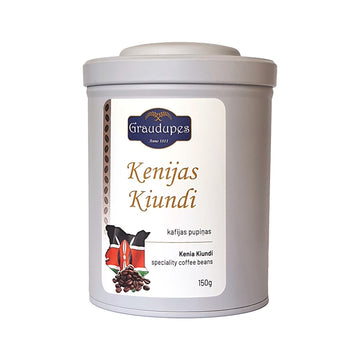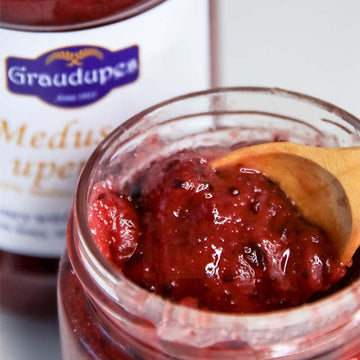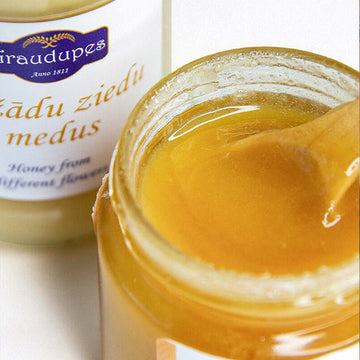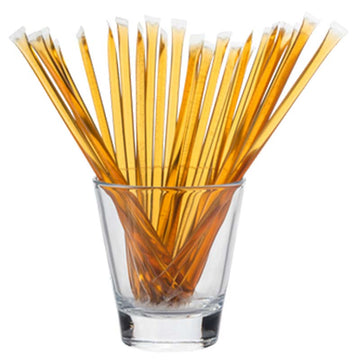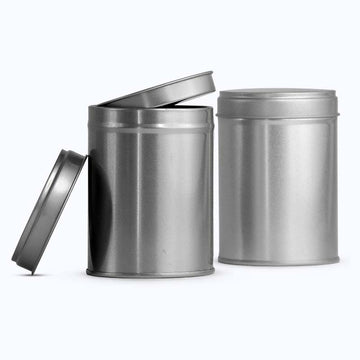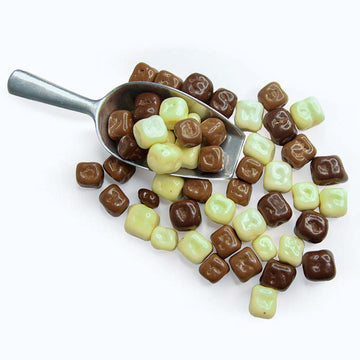Ever strolled down tea aisle and been dazzled by the array of green tea options? You're in grand company! Green tea, from its significance in global cultures to its array of well-being perks, it's more than just a comforting brew. This guide aims to introduce the diverse types of green tea available. So, put on your kettle, pour yourself a cup, and let’s embark on a journey to explore the verdant world of green tea.
The Basics of Green Tea Production
Right, so before diving into the plethora of green tea varieties, it's rather essential to know what sets green tea apart. Understanding the production nuances of green tea can truly enhance one's appreciation of the beverage.
Unlike its fellow teas – black, oolong, or white – green tea doesn't experience oxidation. Think of it as the fresh-faced youth amongst the tea varieties, free from the weathered tan that ageing under the sun brings. Immediately after harvest, the leaves are either steamed or pan-fired, a technique to preserve that vibrant green hue and, of course, the rich taste. This method ensures that the beneficial compounds remain intact, making green tea not just a delight to sip but also a treasure trove of health benefits.
However, don't be misled into thinking all green teas are the same. Oh no! The world of types of green tea is as varied as the Latvian weather. From the way it's grown to its final presentation, each type has its unique charm.
So, with this brief primer on how green tea is cultivated and produced, we're better equipped to deep dive into its varied types. Pour another cup if you must, and let’s journey on!

Different Types of Green Tea
When we chat about the types of green tea, the assortment is as delightful as the various shades of a Latvian summer – sometimes bright and sometimes subtly muted, but always enchanting.
- Sencha (Japan): Starting off in the Land of the Rising Sun, we have Sencha. A popular choice in Japanese households, this tea shines with its delightful aroma and taste. It's like the comfort of your favourite armchair - familiar and just right.
- Matcha (Japan): Ah, Matcha! The darling of hipster cafés and modern tea enthusiasts alike. This powdered marvel, made by grinding whole tea leaves, is not just vibrant in hue but also in its health offerings. It's a modern classic, rather like the Beatles of the tea world.
- Gyokuro (Japan): For those seeking a touch of luxury, Gyokuro is your cup of tea. Grown under shade, this gem stands out with a depth of flavour that’s rich.
- Bancha (Japan): Imagine Sencha's less flamboyant sibling – that's Bancha. Mild, yet distinctly palatable, it’s an everyday brew that's reliable.
- Longjing or Dragon Well (China): Sailing to China, the land of ancient tea traditions, we meet Longjing or Dragon Well. With its flat, jade-green leaves and rich history, it promises an epic tea experience.
- Biluochun (China): This spirally delight is reminiscent of springtime – fresh and full of zest. Biluochun charms with a light, fruity note that's a dance on the palate.
- Gunpowder (China): Now, fret not! This one's explosive only in flavour. Resembling old-fashioned gunpowder pellets, when brewed, it unfolds like a story, revealing a robust character.
Each type of green tea, with its distinct flavour profile and history, offers an invitation to a unique experience. All you need is a keen palate and a spirit of adventure!
Brewing Green Tea Properly
Now, having a splendid array of the types of green tea at your disposal is all well and good, but brewing it just right? Ah, that's where the magic truly unfolds! There's an art to brewing green tea.
First and foremost, let’s talk about water. Green tea isn’t a fan of boiling hot baths. A too-hot plunge can bruise its delicate character. Aim for water around 80°C. If you don’t have a fancy kettle with temperature settings, simply let your boiled water sit for a couple of minutes before introducing it to your green tea.
Steeping time is next on our agenda. Picture it as allowing your tea leaves a gentle waltz in the warm water – not too brief, not overly long. Depending on the specific type of green tea, anywhere from 1 to 3 minutes usually hits the sweet spot.
Loose leaves versus tea bags? Well, loose leaves are full of authentic flavour and depth. Tea bags, on the other hand, offer convenience. The choice is always yours to make.
So, remember, while there's no single 'proper' way, there's certainly a refined way that enhances the beauty of your green tea. And with a bit of practice, you'll be brewing like a tea maestro in no time!

Health Benefits of Green Tea
We adore our tea, not just for the comforting embrace of a warm mug on a drizzly day but also for the myriad health perks it brings. When we venture into the types of green tea, the list of benefits reads longer than a queue of cars heading to see autumn colored forests in Sigulda!
For starters, green tea is chock-full of antioxidants. Picture these as the guard for your body, defending against the pesky intruders known as free radicals. These antioxidants, especially the famed catechins, ensure your cells are protected.
Fancy shedding a few pounds? Green tea might just be your ticket. It's believed to boost metabolism, turning your body into a more efficient calorie-burning machine. Think of it as your personal trainer, but in a cup!

